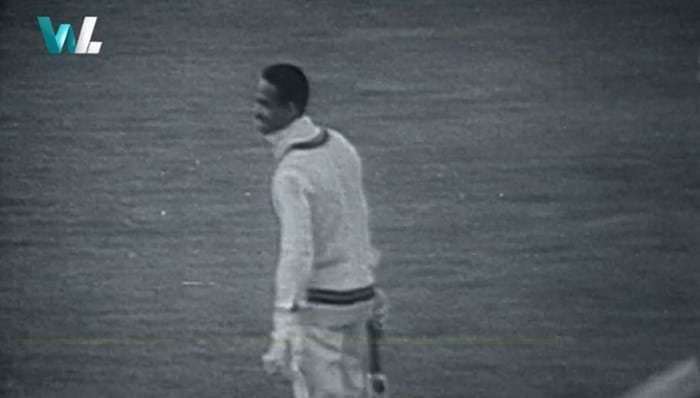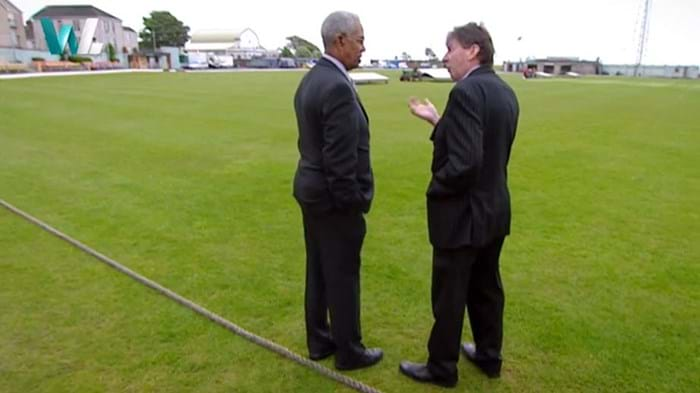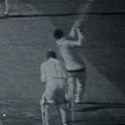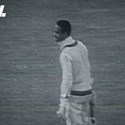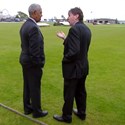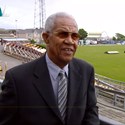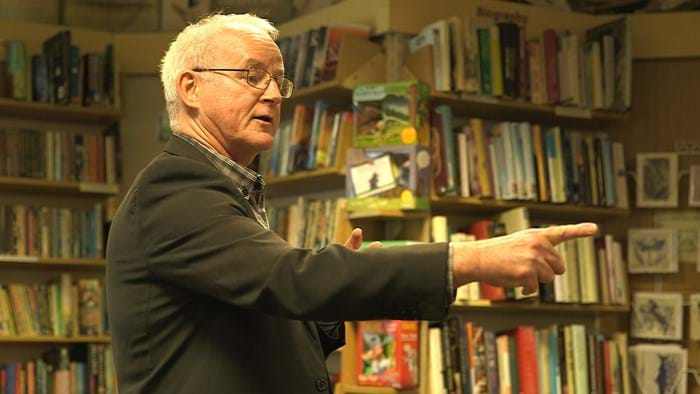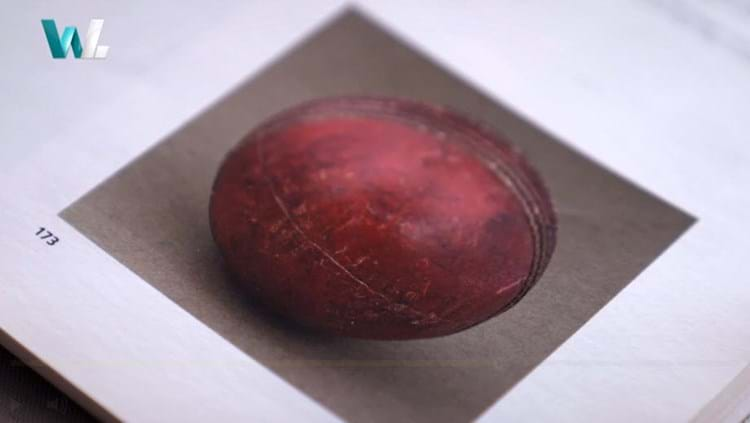
Appearing on the BBC’s Wales Live programme broadcast this week about the controversy relating to the sale of the ‘six sixes’ ball back in 2006, Lloyd is described as a “man on a mission” in trying to get Christie’s to admit they sold the wrong ball.
The ball was described in the catalogue as “the ball hit by Sir Garfield Sobers to score his historic six sixes” in 1968 when he became the first batsman to score 36 runs in a single over in first-class cricket.
It was knocked down at £22,000 (£26,400 including buyer's premium) at a sporting memorabilia sale held at Christie's South Kensington in November 2006.
Three weeks after the auction, The Independent reported that doubts had arisen about the make of the ball sold. The ball that was sold was made by Duke & Son but officials and former players at Glamorgan cricket club, where Sobers had achieved his famous feat, insisted that the Welsh county used only balls made by Stuart Surridge at the time.
The article also stated the bowler Malcolm Nash had “absolutely no doubt” that only one ball was used whereas the Christie’s catalogue stated that “three separate balls were used in the over”.
Investigation
Lloyd has delved deeply into all aspects surrounding the matter and published a book titled Howzat? The Six Sixes Ball Mystery in 2013. More recently he discussed the issue with Jonathan Agnew when he appeared on Test Match Special last summer to mark the 50th anniversary of the six sixes.
Christie’s have always maintained that the ball came to auction with good provenance and with a signed certificate from Sobers.
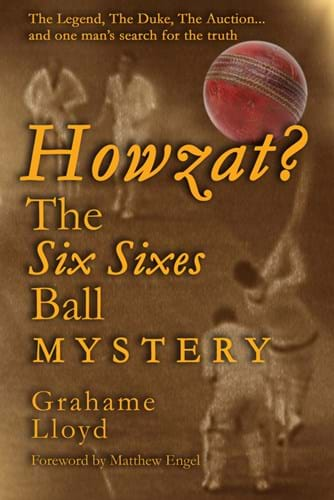
The front cover of Grahame Lloyd’s book ‘Howzat? The Six Sixes Ball Mystery’ which details the story behind the auction of the ‘six-sixes’ cricket ball.
However, Lloyd believes that the real ‘six-sixes’ ball, which was returned to Sobers after the match, became mixed up in his cricket bag with other cricket balls, including Duke balls used at Nottinghamshire, the county for which he was playing at the time. As Lloyd’s book recounts, Sobers then signed the certificate of provenance 38 years later without being aware that the ball was the wrong make and without knowing how the certificate would later be used.
In 2015 Nash wrote to Christie's then chairman Viscount Linley asking for a meeting to clear up the authenticity issue. On the Wales Live programme, which was aired on May 29 to coincide with the start of the cricket world cup, Nash again says that only one ball was used in the over and that the ball he bowled was made by Stuart Surridge and not Duke & Son.
Footage
The Wales Live broadcast also showed never-seen-before video footage of Sobers at St Helens in 2006 discussing the ‘six sixes’ over with former Glamorgan player Roger Davis. When Davis asks whether multiple balls were used in the over or whether it was same ball bowled repeatedly, Sobers replies: “The same ball”.
ATG asked Christie’s about the Wales Live broadcast and the newly released footage and received the following statement: “We are satisfied that no mistake was made by Christie’s and we have no further evidence to assist in relation to the ongoing enquiry.
“At the time of the match there was little focus on the manufacture of this cricket ball and sadly the umpires who looked after the balls for the match have passed away. We are clear that this is the ball gifted to John Gough [the former secretary of the Nottinghamshire Supporters’ Association] by Sir Gary Sobers, as well as the ball for which he wrote the certificate at the time it was sold with us.
“We have written to Sir Gary several times to hear his comments regarding this speculation around the ball and its maker. We have always assumed that the man who hit the sixes and then gifted the ball would also have the clearest view of its provenance.”
Lloyd said: “I fail to understand why Christie’s are trying to contact Sir Garfield at his home in Barbados when a simple phone call to Malcolm Nash in Wales would resolve the authenticity issue once and for all.”
Lloyd has now made repeated requests to meet with Christie’s and present them with the evidence he has compiled. “What I’m trying to do is to get Christie’s to admit they sold the wrong ball,” says Lloyd. “I want them to admit they made a mistake”.
He said he would continue his national speaking tour about the controversy.
“I have a possible solution to the impasse which would involve a charitable donation being made to a respected and well-established sporting charity but I’ve been unable to discuss it with Christie’s because they refuse to meet me.”



